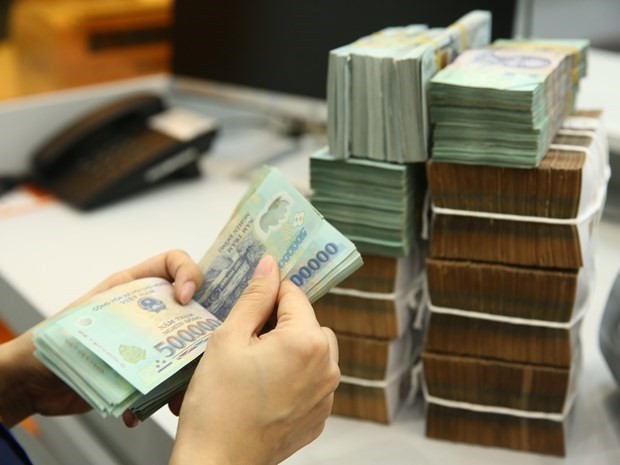
As Vietnam's economy stands on the threshold of a promising new era of growth, the private economic sector is expected to become a key driving force.
However, to realize that aspiration, important bottlenecks need to be resolved, which are the need for capital and the (not yet fully exploited) role of the domestic capital market.
Opportunities for financial markets
According to experts, Vietnam's economy is facing a dynamic development phase, which is expected to create strong changes in economic structure and enhance national status.
Mr. Do Ngoc Quynh, Vice President of FiinRatings and General Secretary of the Vietnam Bond Market Association (VBMA), emphasized that a new era of growth for the Vietnamese economy is opening up with an important driving force coming from the private economic sector. This strong rise not only creates an increasing demand for capital for investment and production and business expansion, but also opens up great opportunities for the financial market, from the stock market to the debt capital market, from the international market to the domestic market.
Specifically, Mr. Quynh analyzed the capital needs of Vietnamese enterprises, especially the private sector, which are increasing rapidly. Private enterprises need medium and long-term capital to invest in technology, improve competitiveness and participate more deeply in the global value chain. This is a great premise for the development of the financial market in general and the capital market in particular, with the creation of a variety of financial products, from stocks to corporate bonds, serving both domestic and international investors.
Despite the huge potential, Mr. Quynh also pointed out that the Vietnamese capital market still has a significant gap compared to developed markets. In particular, the corporate bond market is an important long-term capital mobilization channel but is still young. The total scale of Vietnam's corporate bond market has only reached about 1.25 million billion VND, equivalent to 10.8% of GDP in 2024, while the target for 2030 is 25%. Compared to the region, this ratio often accounts for 30% - 40% of GDP in many Asian countries (such as Korea, Thailand, Malaysia) and even over 100% of GDP in the US and Japan.
Mr. Quynh said that the leading markets have all formed a diverse product structure (corporate bonds, green bonds, convertible bonds, debt securitization...) with the extensive participation of long-term financial institutions, such as pension funds, insurance companies, bond investment funds and individual investors through transparent distribution channels.
This gap shows that the corporate bond market in particular and the debt capital market in general have not really played their role as a driving force. Therefore, Vietnam needs to urgently overcome some existing bottlenecks.
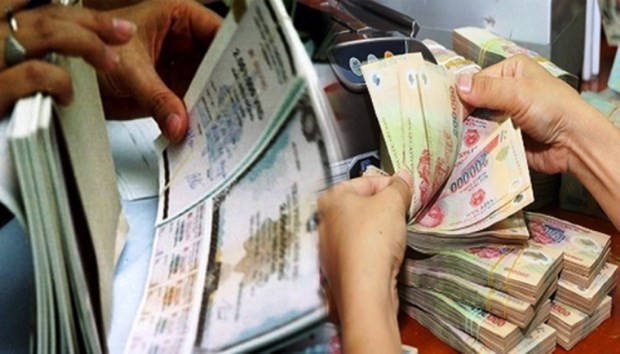
Specifically, Mr. Quynh listed the limited investor base, mainly relying on commercial banks. In addition, the quality and transparency of goods are not uniform. The credit guarantee mechanism, credit rating and risk management have not yet fully played their roles. Along with that, the information, transaction and monitoring infrastructure still needs to be improved. From there, Mr. Quynh affirmed that opening up and strongly developing the domestic capital market, especially the debt capital market, is a prerequisite. Because this is the way to help reduce dependence on bank credit while creating a foundation for long-term capital flows, reasonable costs and transparent allocation to flow into the private sector, thereby promoting sustainable growth.
Determination to break through
Sharing about the macro picture of the economy, Mr. Bui Hoang Hai, Vice Chairman of the State Securities Commission, commented that 2025 marks a new phase of the Vietnamese economy with many advantages mixed with challenges. Regarding the target, the Government is determined to maintain rapid and sustainable economic growth with a GDP growth target of 8% or more in 2025 and towards a double-digit growth target in the period 2026-2030.
Mr. Hai said that public investment continues to be considered a key driving force. 2025 is the final year of the 2021-2025 medium-term public investment plan with an expected public investment level of about VND791,000 billion, equivalent to 6.4% of GDP as approved by the National Assembly . This contributes to creating momentum for many industries and infrastructure. In addition, domestic consumer demand maintains its upward momentum thanks to the expanding middle class and gradually recovering consumer confidence.
In terms of trade, exports and imports still play an important role with the increasing participation of Vietnamese enterprises in global supply chains. In the first 7 months of the year, total import-export turnover reached 514.7 billion USD, up 16.3% over the same period last year, continuing to maintain a trade surplus position with an estimated trade surplus of 4 billion USD. Foreign direct investment (FDI) capital flows strongly support the fields of high technology, green production and energy conversion. Notably, indirect capital flows are also returning to Vietnam, reflecting the confidence of international investors in the economic outlook. According to Mr. Hai, the domestic financial and credit environment is maintained stably with reasonable operating interest rates. This creates favorable conditions for both the bank credit market and the capital market to develop synchronously.
"This is the foundation for Vietnam to realize its aspiration of becoming an upper-middle-income country by 2030," Mr. Hai affirmed.
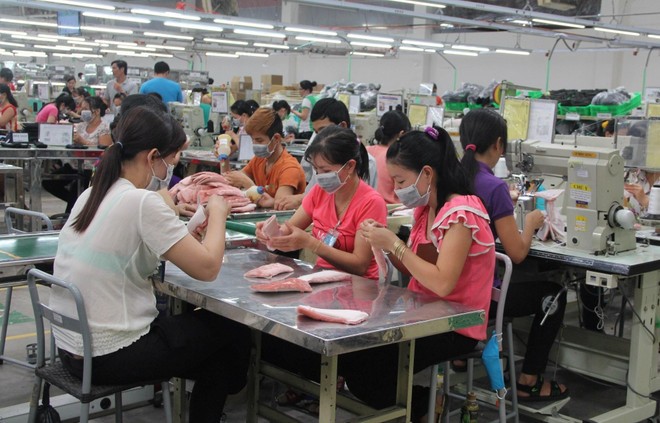
On the international front, Mr. Hai pointed out that the global interest rate environment continues to cool down after a prolonged period of monetary tightening, opening up positive opportunities for capital flows. However, he noted the potential for unpredictable fluctuations from geopolitical tensions, trade protectionism, and challenges related to climate change.
In that general picture, the Government has firmly identified the private economy as an important driving force of the economy. Mr. Bui Hoang Hai pointed out that important documents (such as Resolution 68 of the Central Committee, Resolution 198 of the National Assembly and Resolution 138 of the Government) have emphasized the need to promote the role of the private sector in the new development stage.
To realize this policy, many measures have been and are being implemented, such as reforming administrative procedures, supporting innovation, promoting digital transformation and creating more favorable conditions for private enterprises to access capital. The Government also clearly affirmed that the capital demand for the private sector is very large and at the same time a great opportunity for financial institutions, the credit market and especially the corporate bond market.
As the securities industry regulator and advisor to the Ministry of Finance, the State Securities Commission is focusing on implementing many synchronous solutions. Mr. Bui Hoang Hai also pointed out five important pillars on the policy of developing institutional investor base, improving product quality, information transparency, market infrastructure and supervision.
Among the major orientations, Mr. Bui Hoang Hai said the corporate bond market is considered a special focus.
Solutions for the new investment cycle
Analyzing the credit and investment picture of the private sector, Mr. Le Hong Khang, Director of Analysis at FiinRatings, pointed out that although administrative reform and FDI capital inflows are positive points, the credit environment still faces challenges. Specifically, refinancing conditions and capital costs are still tight, along with limited room for interest rate reduction. In addition, there is a clear weakening of corporate revenue growth compared to national GDP, along with a decline in credit, private sector investment and retail consumption compared to the peak before the COVID-19 pandemic.
Particularly warning about capital costs and financial leverage. According to Mr. Khang, although the yield on Vietnamese government bonds is low compared to the region, the average borrowing cost of enterprises is higher. In fact, this economic sector is increasingly dependent on the banking system, putting pressure on capital mobilization. Worryingly, the financial leverage of large enterprises has peaked with a high ratio of short-term debt to total outstanding debt, increasing the risk of refinancing. Regarding the quality of corporate credit, cash flow has improved but investment expenditures financed by short-term debt are increasing (short-term debt increases faster than profits), causing financial pressure.
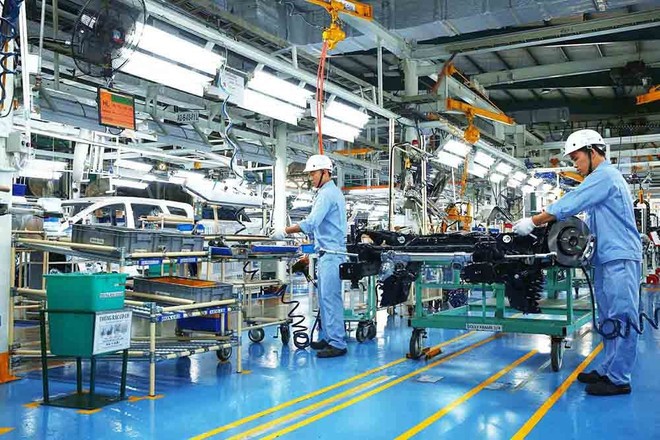
In that context, Vietnam has a huge annual capital spending need for real estate, roads, railways, energy, seaports and logistics. To unlock capital sources, Mr. Khang proposed a breakthrough solution. That is to exploit the space of State-owned enterprises in the role of leading the new investment cycle through the PPP (public-private partnership) model with a solid financial foundation and a breakthrough policy framework.
Mr. Khang introduced the "Handbook for the New Era" with recommendations for investors and issuers, including debt structure analysis, cash flow quality assessment, cyclical/structural growth analysis, improving governance and transparency, diversifying capital sources, and leveraging the PPP model.
Regarding the role of support solutions to reduce risks and increase investor confidence, Ms. Soleil Corpuz, Senior Research Analyst from Credit Guarantee and Investment Facility (CGIF), assessed that Vietnam's corporate bond market is recovering but is still small compared to GDP and other ASEAN countries. However, Ms. Corpuz emphasized that Vietnam's positive policy changes, especially Resolution 68 NQ/TW, will encourage the private sector, improve access to capital, develop green credit and the legal framework for credit ratings.
Source: https://baolaocai.vn/phat-trien-thi-truong-von-la-dieu-kien-tien-quyet-de-khu-vuc-tu-nhan-but-pha-post880621.html



![[Photo] Discover unique experiences at the first World Cultural Festival](https://vphoto.vietnam.vn/thumb/1200x675/vietnam/resource/IMAGE/2025/10/11/1760198064937_le-hoi-van-hoa-4199-3623-jpg.webp)






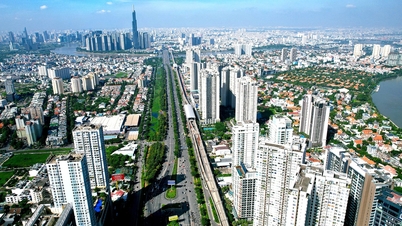





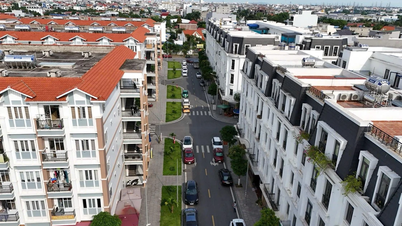





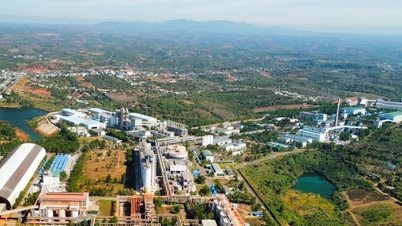













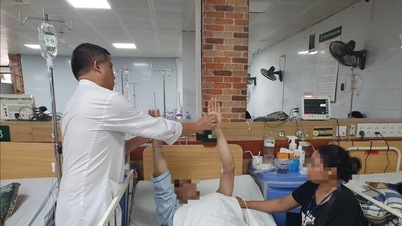


![[Photo] General Secretary attends the parade to celebrate the 80th anniversary of the founding of the Korean Workers' Party](https://vphoto.vietnam.vn/thumb/1200x675/vietnam/resource/IMAGE/2025/10/11/1760150039564_vna-potal-tong-bi-thu-du-le-duyet-binh-ky-niem-80-nam-thanh-lap-dang-lao-dong-trieu-tien-8331994-jpg.webp)




















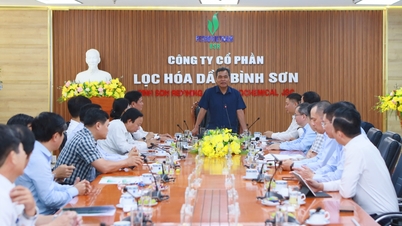
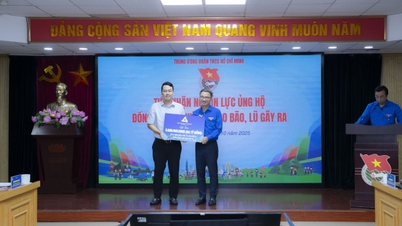


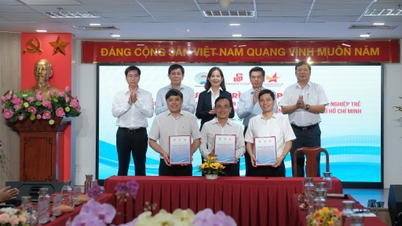



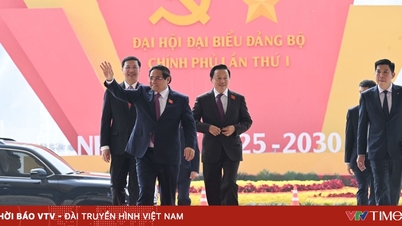


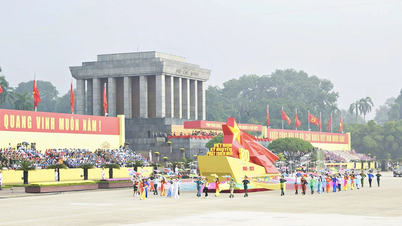






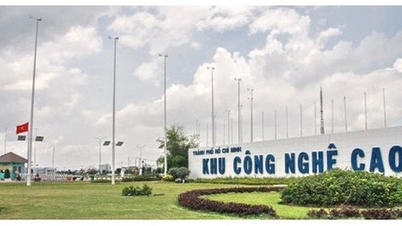



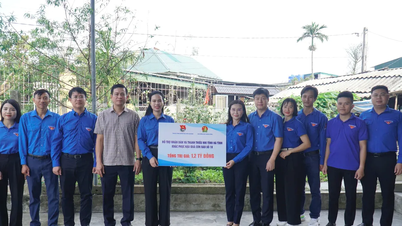



















Comment (0)